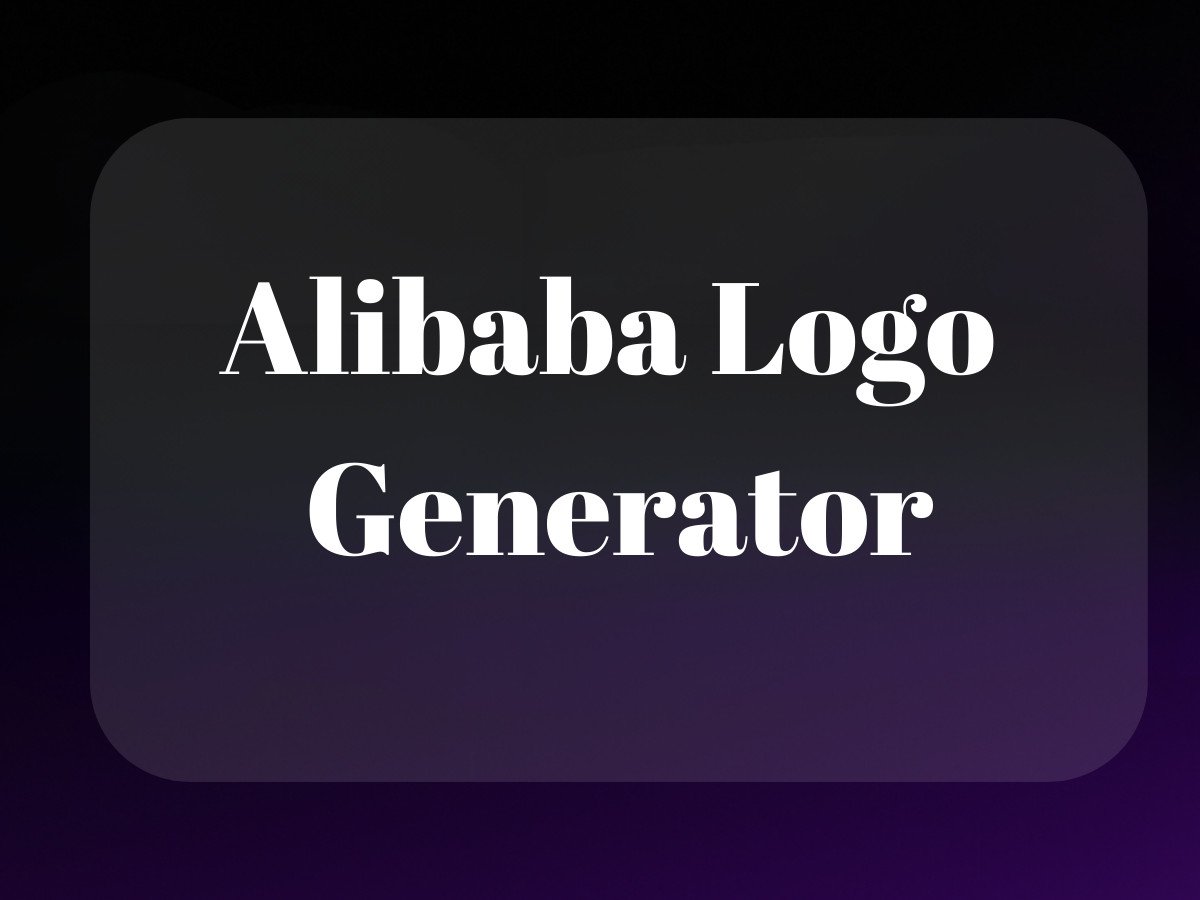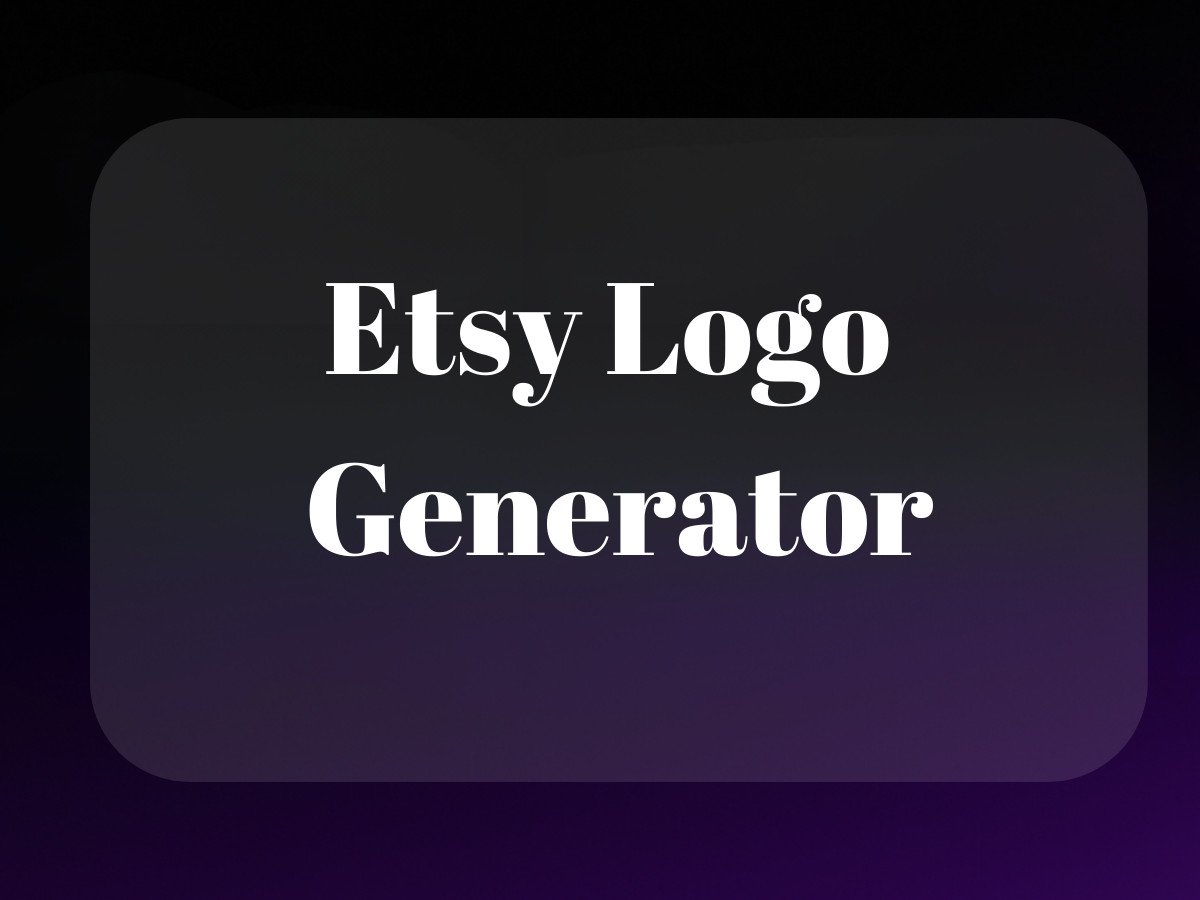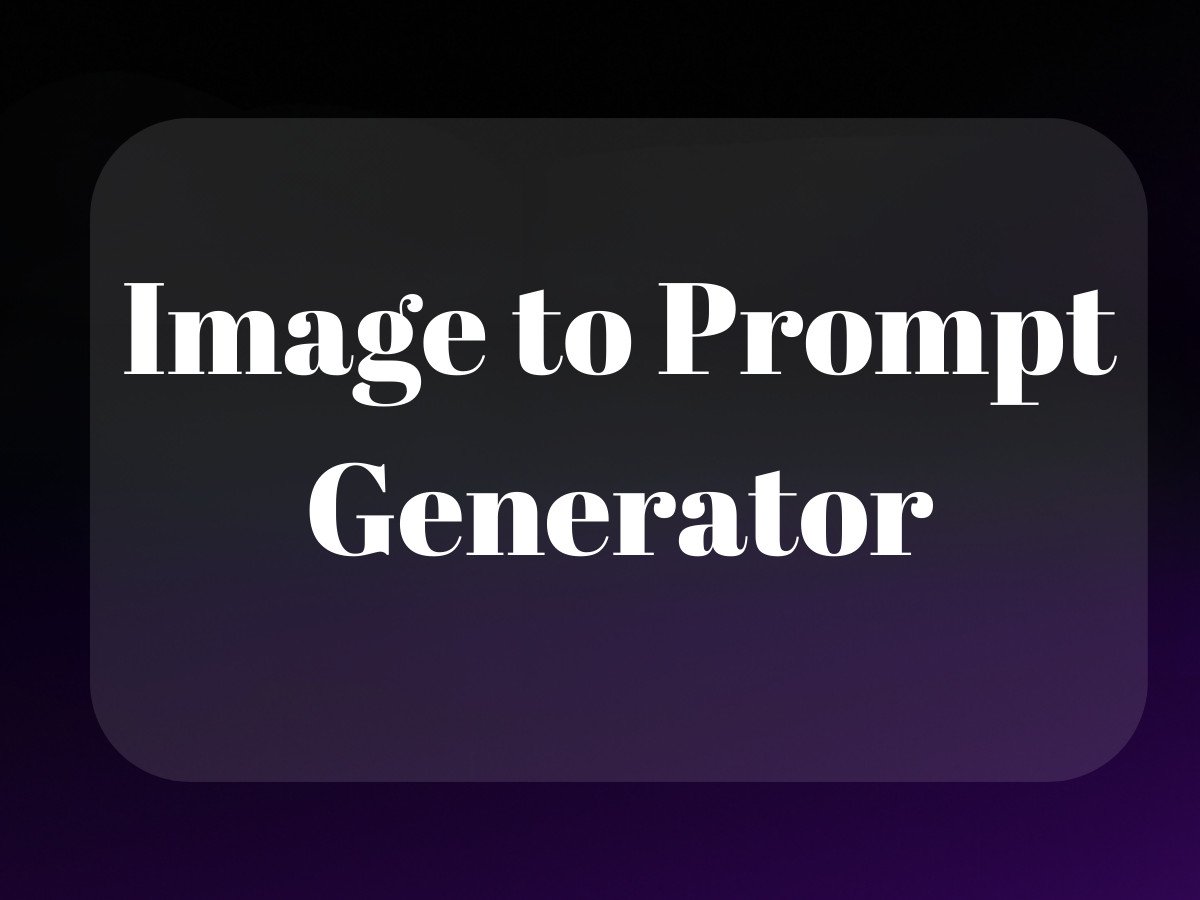Remember when tracking your competitors meant endless hours of manual research, stalking their social media, and praying you didn’t miss anything important? Yeah, those days are behind us. Or at least, they should be.

The reality is that while we’ve got more data than ever about our competitors, most brands are drowning in information without gaining actual intelligence. It’s like having a library of books but no idea how to read. This is where competitor intelligence software comes in – and no, it’s not just another fancy tool to add to your tech stack.
The Evolution of Competitor Intelligence: From Spreadsheets to AI-Powered Insights
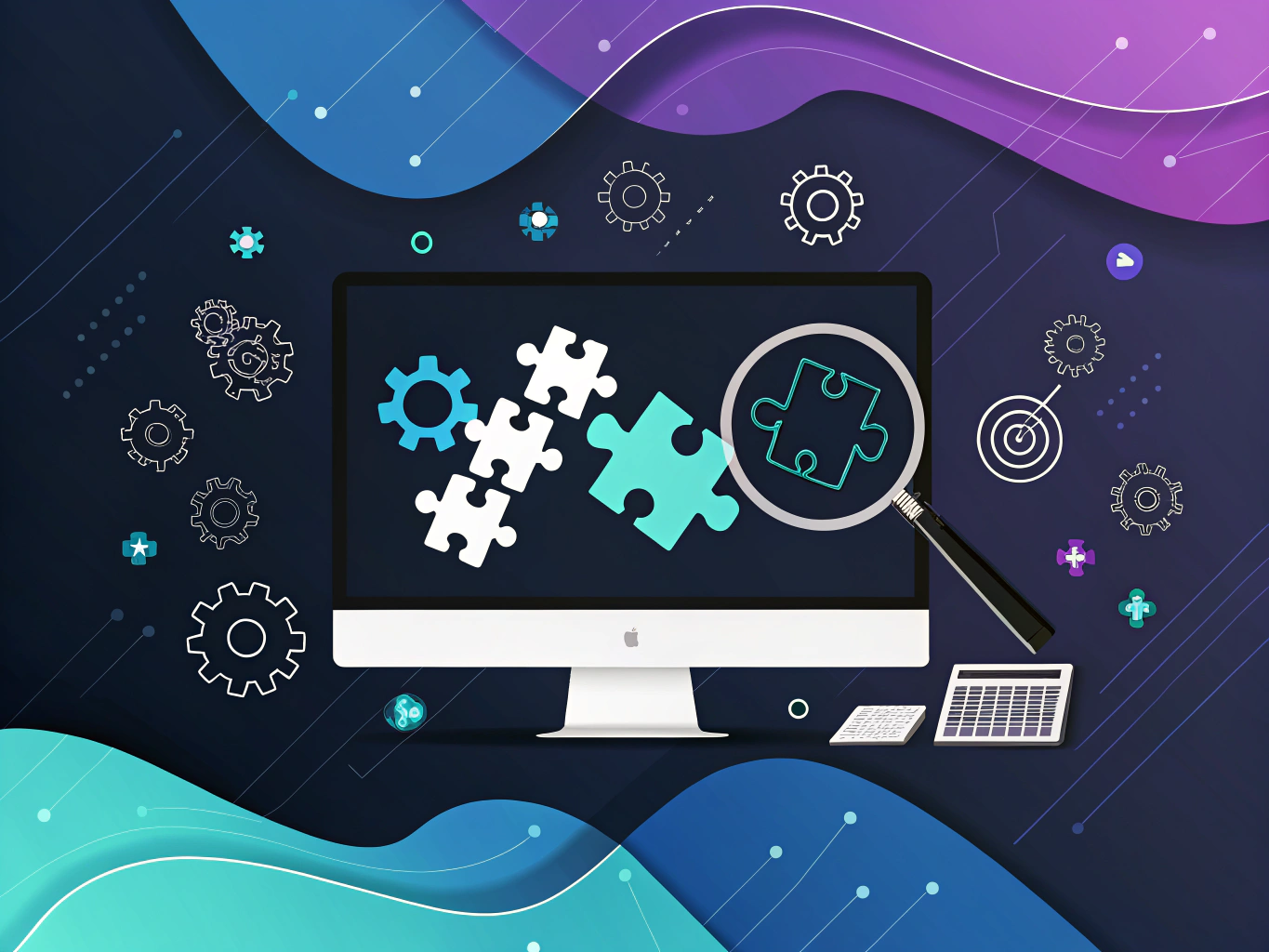
Let’s be honest – competitor intelligence has come a long way from the days of manually updating spreadsheets and setting Google Alerts. Today’s competitive intelligence tools are like having an entire research department working 24/7, powered by AI that never sleeps and never misses a beat. But here’s the thing: not all competitive intelligence solutions are created equal, and choosing the wrong one is like hiring a detective who only speaks a language you don’t understand.
Understanding the Basics: What Makes Modern CI Software Different?
Think of competitor intelligence software as your digital spy network (minus the cool gadgets and martinis). These platforms use sophisticated AI and machine learning algorithms to track, analyze, and make sense of competitor activities across multiple channels. The best part? They do it in real-time, so you’re not making decisions based on last month’s news.
The Core Components of Effective Competitor Intelligence Software
Let’s be real – competitor intelligence software isn’t just about stalking your business rivals (though that’s definitely part of the fun). It’s about turning the firehose of market data into actionable insights that actually move the needle for your business.
Think of it like having thousands of digital scouts working 24/7, monitoring everything from your competitors’ pricing changes to their latest TikTok dance challenges. But instead of drowning in data, you get the highlights reel – the stuff that actually matters.
Data Collection Capabilities: The Digital Vacuum Cleaner
Remember when competitive research meant manually checking competitor websites and setting Google Alerts? Those days are as outdated as dial-up internet. Modern competitor intelligence software uses sophisticated web crawlers that make those old methods look like trying to empty the ocean with a teaspoon.
These tools are constantly scanning millions of data points across:
– Website changes (pricing, product launches, feature updates)
– Social media activity (including those midnight Twitter rants from CEOs)
– News and PR mentions
– Job postings (because nothing says “we’re expanding into Asia” quite like hiring a APAC Sales Director)
– Customer reviews and sentiment
– SEO and advertising strategies
Analytics and Intelligence: Where AI Meets FBI
This is where things get interesting. Having all that data is great, but without proper analysis, it’s about as useful as a chocolate teapot. Modern competitive intelligence tools use AI and machine learning to turn raw data into strategic gold.
Take Crayon AI, for example. It’s not just collecting data – it’s using natural language processing to understand context, sentiment, and implications. It can spot patterns that human analysts might miss, like subtle shifts in competitor messaging that could signal a upcoming pivot in strategy.
Integration and Collaboration: Making Intelligence Actually Intelligent
Here’s where most companies drop the ball – they have great competitive intelligence tools, but the insights never make it to the people who need them most. It’s like having a crystal ball but keeping it locked in the basement.
The best competitor intelligence software solutions integrate seamlessly with your existing tech stack. Klue, for instance, plugs right into Salesforce, Slack, and other platforms your team actually uses. This means sales reps get competitive intel right when they need it, not buried in some quarterly report nobody reads.
Comprehensive Review of Top Competitor Intelligence Software Solutions
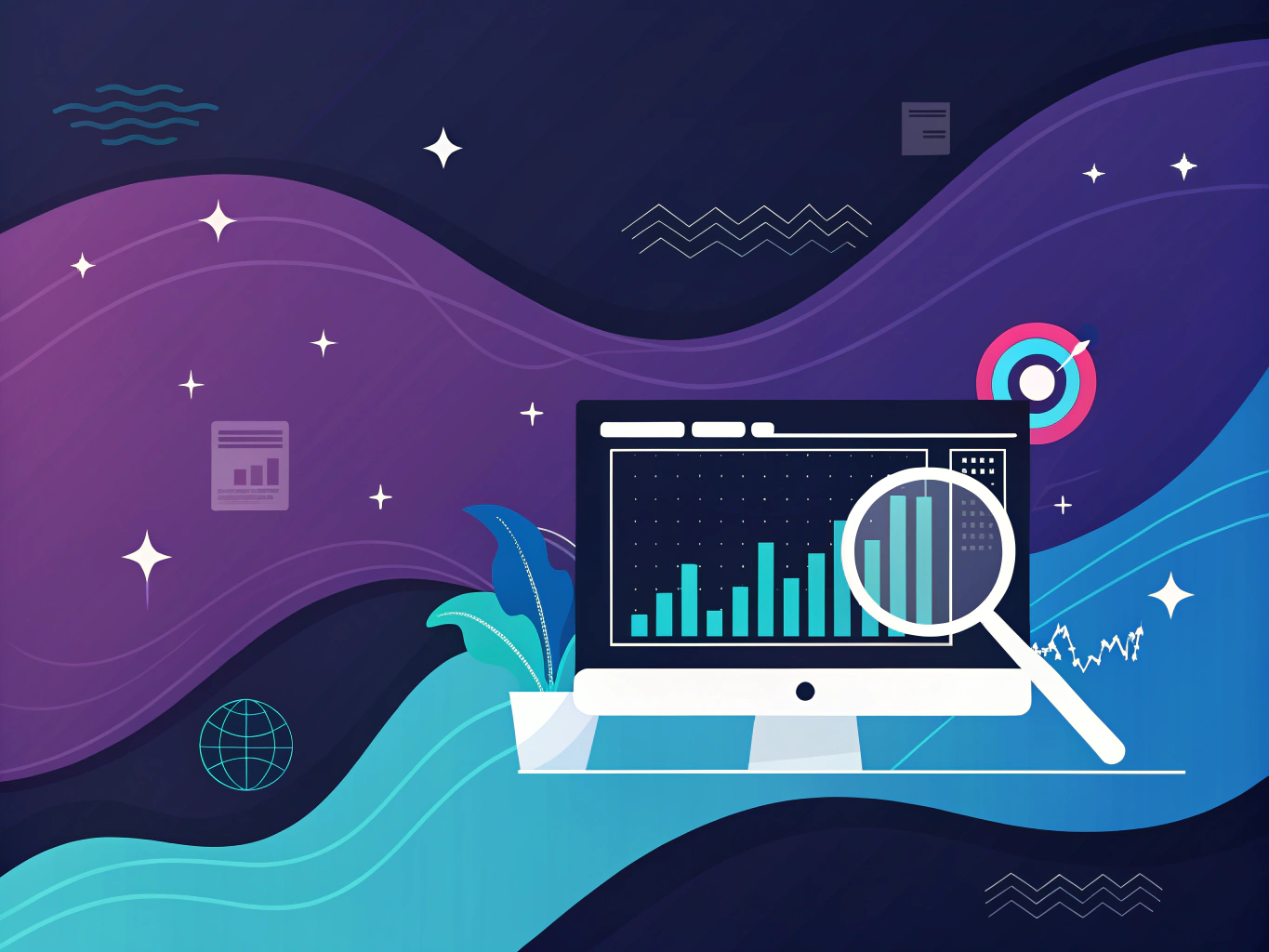
Not all competitor intelligence tools are created equal. Some are like Swiss Army knives – they do everything pretty well. Others are more like surgical instruments – incredibly good at one specific thing. Let’s break down the major players.
Enterprise-Level Solutions: The Heavy Hitters
If you’re running a larger operation and need the full package, these are your go-to options. They’re not cheap, but neither is flying blind in a competitive market.
Crayon: The AI-Powered Powerhouse
Crayon competitive intelligence has made a name for itself by being essentially the Tesla of market intelligence tools. It’s sleek, smart, and sometimes eerily good at predicting what’s coming next. The platform tracks over 100 different types of market intelligence signals, from pricing changes to technology stack updates.
What sets Crayon apart is its AI-driven approach to signal processing. Instead of throwing every piece of competitive data at you, it filters out the noise and surfaces what actually matters. It’s like having a really smart assistant who knows exactly which competitor moves you need to know about.
Klue: The Collaboration Champion
Klue takes a different approach, focusing heavily on making competitive intelligence a team sport. Their battlecard system is particularly impressive – it turns complex competitive data into easily digestible formats that sales teams can actually use in the field.
What I love about Klue is how it handles knowledge sharing. It’s not just about collecting intelligence; it’s about making sure that intelligence becomes organizational wisdom. The platform encourages teams to add their own insights and experiences, creating a living, breathing competitive intelligence database.
Specialized Market Intelligence Tools: The Surgical Strikes
Sometimes you don’t need the whole enchilada – you just need really good intel in specific areas. That’s where these specialized tools come in. For instance, if you’re wondering what can I sell on Amazon as a new seller, competitive intelligence software can help you identify trending products and analyze market gaps before you dive in.
Digital Marketing Intelligence: The Traffic Detectives
Tools like Semrush and Ahrefs have become the go-to solutions for understanding your competitors’ digital marketing strategies. They’re like having X-ray vision for the internet, showing you exactly how your competitors are attracting and converting customers online.
What makes these tools particularly valuable is their ability to reverse-engineer success. You can see exactly which keywords your competitors are ranking for, which content is driving their traffic, and even which backlinks are powering their domain authority.
Website Monitoring Tools: The Change Watchers
Visualping and similar tools might seem simple compared to the enterprise solutions, but they serve a crucial purpose. They’re like security cameras for your competitors’ digital storefronts, alerting you to every meaningful change.
I’ve seen cases where these tools caught major product launches before they were officially announced, simply by spotting new pages being tested in staging environments. That’s the kind of intelligence that can give you a serious competitive advantage.
Implementation Strategy and Best Practices
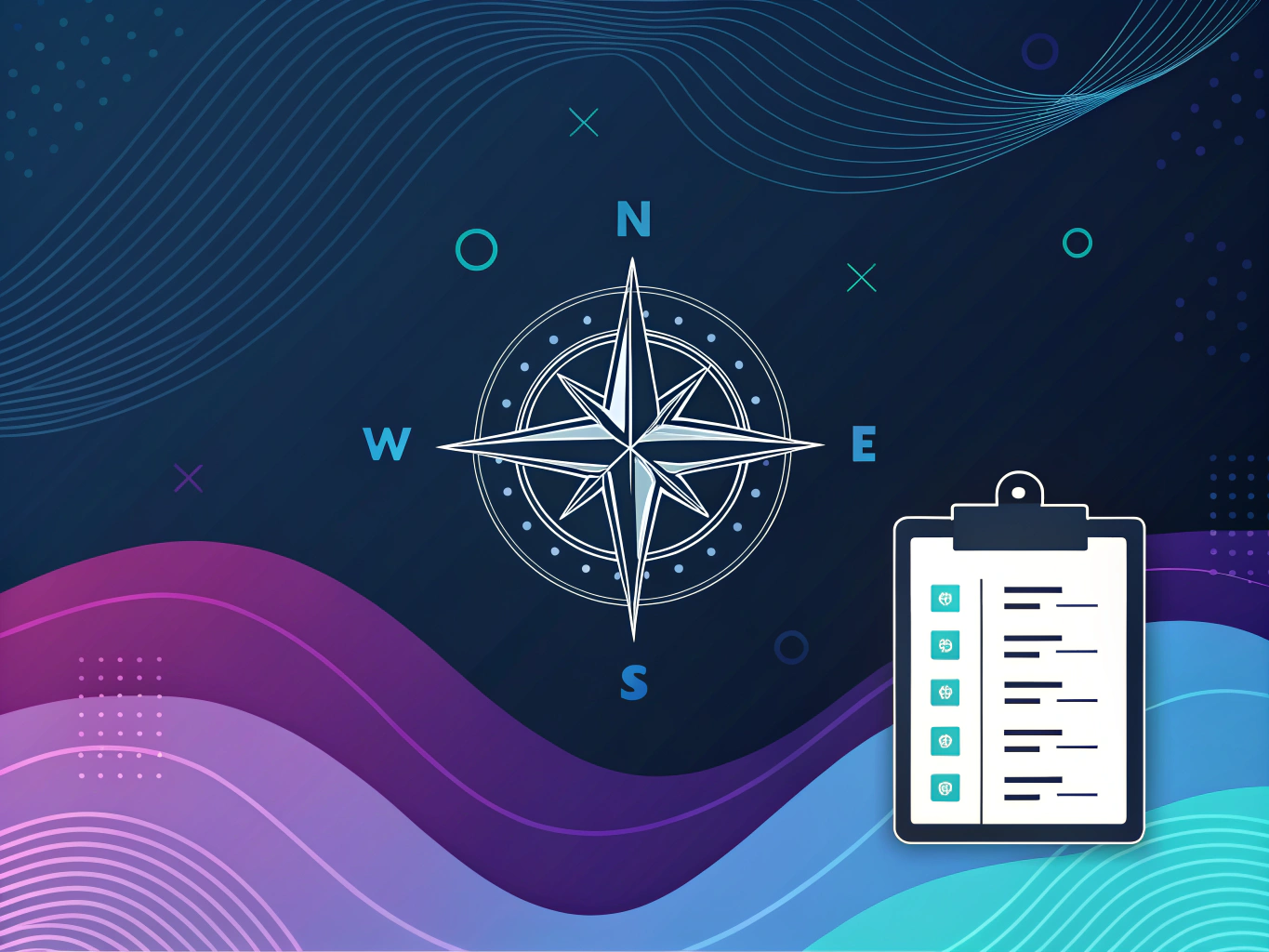
Having powerful competitor intelligence software is one thing – using it effectively is another entirely. It’s like having a Ferrari; it’s not much use if you don’t know how to drive it (or worse, if you’re only using it to go grocery shopping).
Planning Phase: Setting the Foundation
Before you dive into implementing any competitive intelligence solution, you need to answer some fundamental questions:
– What specific competitive insights are most valuable to your business?
– Who needs access to this intelligence and in what format?
– How will this intelligence integrate with your existing decision-making processes?
– What metrics will you use to measure success?
This isn’t just bureaucratic box-checking – it’s about ensuring your competitive intelligence program actually delivers ROI. I’ve seen too many companies invest in fancy tools only to have them become expensive dust collectors because they skipped this crucial planning phase.
Deployment Process: Making It Stick
The key to successful deployment isn’t just technical integration – it’s about creating habits and workflows that make competitive intelligence part of your company’s DNA. This means thinking about:
– Training programs that go beyond basic tool functionality
– Clear processes for sharing and acting on competitive insights
– Regular check-ins to ensure the system is actually being used
– Feedback loops to continuously improve the program
Remember, the goal isn’t just to collect competitive intelligence – it’s to create a competitive advantage. That only happens when the insights you’re gathering actually influence decisions and actions across your organization.
Optimization and Scaling: Making Good Better
Once your competitive intelligence program is up and running, the real work begins. This is where you start fine-tuning the machine:
– Adjusting alert thresholds to reduce noise
– Expanding monitoring to new competitors or market segments
– Integrating with additional tools and platforms
– Building automated workflows for routine tasks
The best competitive intelligence programs evolve with your business. They’re not static systems but living organisms that grow and adapt as your market changes and your needs shift.
Industry-Specific Applications of Competitor Intelligence Software
Look, I’ve spent years working with brands across different verticals, and here’s the thing about competitor intelligence software – it’s not one-size-fits-all. The way a SaaS company uses these tools is wildly different from how an ecommerce brand might leverage them. It’s like giving the same Swiss Army knife to a chef and a carpenter – they’ll each use different tools for different purposes.
Technology Sector: The Digital Battleground
For tech companies, competitor intelligence software becomes their radar system in an increasingly crowded digital space. Software companies are using tools like Crayon AI to track feature releases, pricing changes, and even developer hiring patterns. It’s fascinating to watch how they’re moving beyond basic website monitoring to actually predicting competitor moves based on historical patterns.
I recently spoke with a CTO who compared modern competitive intelligence tools to having “thousands of mini-spies” working 24/7 – except they’re all perfectly legal and ethical. This level of insight is particularly valuable for self-publishers using Amazon KDP, helping them track successful book niches, pricing strategies, and competitor trends in real time. These tools are scanning GitHub repositories, tracking API changes, and monitoring tech stack modifications. It’s like having x-ray vision into your competitor’s technical evolution.
Retail and E-commerce: The Price Wars and Beyond
This is where things get really interesting (and where my heart lies). E-commerce brands are using competitor intelligence software in ways that would make traditional retail strategists’ heads spin. It’s not just about price monitoring anymore – though that’s still crucial.
Programs like Amazon’s Vine Program are also monitored by savvy sellers to gauge competitor product reviews and improve their own customer feedback strategy. Modern market intelligence tools are tracking everything from customer sentiment to supply chain disruptions.
I’ve seen D2C brands use Klue and similar competitive intelligence solutions to decode their competitors’ entire customer journey. They’re analyzing everything from ad creative to checkout flows, shipping policies to return rates. The real magic happens when these tools start predicting seasonal trends before they happen.
Future Trends in Competitor Intelligence Software
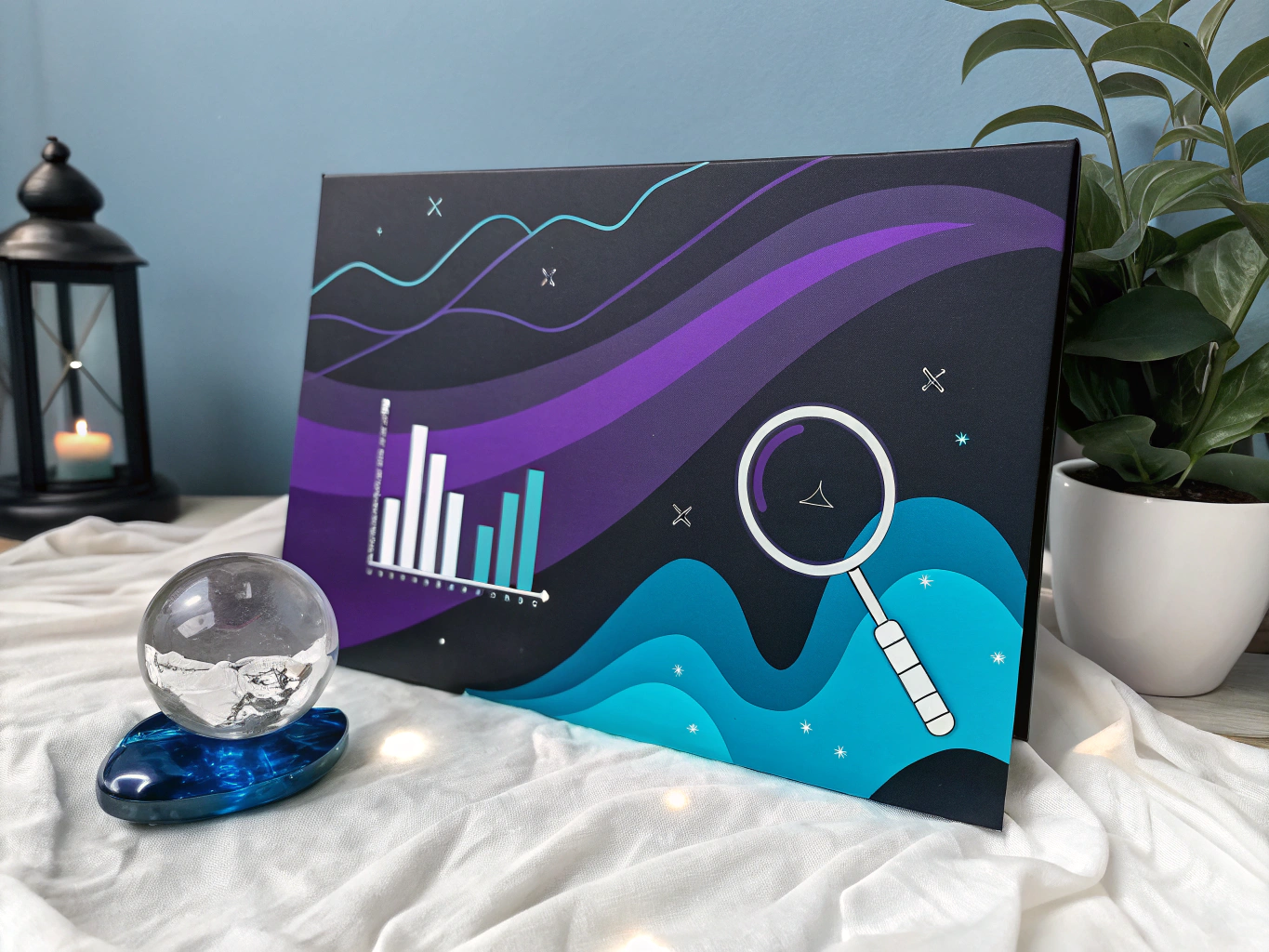
If you think the current state of competitive intelligence is impressive, buckle up. The future is looking like something straight out of a sci-fi novel (and trust me, as a sci-fi geek, that gets me excited).
AI and Machine Learning: The Game Changers
We’re moving beyond simple data collection into predictive intelligence that would make HAL 9000 jealous (hopefully without the whole trying-to-kill-the-crew part). Market intelligence solutions are starting to use advanced NLP to understand context and sentiment in ways that were impossible just a few years ago.
The real breakthrough is coming in pattern recognition. These tools aren’t just collecting data – they’re starting to understand the ‘why’ behind competitor actions. Imagine knowing not just that your competitor changed their pricing, but understanding the market conditions that drove that decision. That’s where we’re heading.
Integration and Automation: The New Normal
The days of competitive intelligence living in isolation are over. Modern competitive intelligence companies are building tools that integrate seamlessly with everything from your CRM to your product development workflow. It’s like having a competitive intelligence expert sitting in every department meeting.
I’m particularly excited about the emergence of automated competitive intelligence research that can generate real-time insights. These tools are becoming more like AI-powered analysts who never sleep, constantly processing and contextualizing competitive data.
Making the Right Choice: A No-BS Guide
Let’s cut through the marketing fluff and talk about what really matters when choosing competitor intelligence software. After helping countless brands make this decision, I’ve learned that the flashiest features aren’t always the most valuable.
The Real Selection Criteria
- Data Accuracy: All the fancy AI in the world means nothing if your base data is garbage
- User Experience: Your team will actually need to use this daily – make sure they don’t hate it
- Integration Capabilities: It should play nice with your existing tech stack
- Scalability: Your needs will grow – make sure your tool can grow with you
- Support Quality: Trust me, you’ll need it at some point
ROI Measurement: Beyond the Numbers
Here’s where I might ruffle some feathers – ROI isn’t just about dollars and cents. Yes, track the quantitative metrics like time saved and market share gained. But don’t ignore the qualitative impact: better decision-making, faster response times, and more informed strategy.
Some of the most successful implementations I’ve seen focused on what I call the “confidence factor” – how much more confident teams feel in their strategic decisions when backed by solid competitive intelligence data.
Final Thoughts: The Future of Market Intelligence
We’re standing at a fascinating intersection where AI meets competitive intelligence. The tools we have today – from Crayon to Kompyte – are just the beginning. The future will bring even more sophisticated market intelligence solutions that blend predictive analytics with human insight.
But here’s the thing – and I can’t stress this enough – these tools are meant to augment human intelligence, not replace it. They’re like having a super-powered research assistant who works 24/7, but you still need human insight to turn that data into strategy.
The companies that will win aren’t necessarily the ones with the most expensive tools or the biggest data sets. They’ll be the ones who figure out how to blend competitive intelligence tools with human creativity and strategic thinking.
Remember, in the end, competitor intelligence software is just that – software. It’s how you use it, how you interpret its findings, and how you act on those insights that makes the difference. Whether you’re a startup or an enterprise, the key is to start somewhere, measure what matters, and keep evolving your approach as the technology evolves.
And hey, if you’re feeling overwhelmed by all this – that’s normal. Start small, focus on what matters most to your business, and build from there. The future of competitive intelligence is exciting, but it’s also accessible. You don’t need to boil the ocean; you just need to start swimming.
For more insights into background design, check out our background design resources.
Related Articles:
- Competitor Intelligence Tools: Top 5 Options for 2024
- Competitive Intelligence Tools That Drive Growth in 2024
- Jungle Scout vs Helium 10 vs ProductScope AI For Amazon Sellers
Frequently Asked Questions
What does competitive intelligence research involve?
Competitive intelligence research involves systematically gathering, analyzing, and managing external information about competitors. This research aims to understand competitors’ strategies, strengths, weaknesses, and market positioning to make informed business decisions. It combines various data sources, such as market reports, news articles, and social media insights, to build a comprehensive view of the competitive landscape.
What is competitive intelligence software?
Competitive intelligence software is a tool designed to automate the collection and analysis of data about competitors. It helps businesses monitor competitors’ activities, track market trends, and analyze competitive strategies in real-time. This software often includes features such as data visualization, alerts for significant changes, and integration with other business tools to support strategic decision-making.
What is a competitive intelligence example?
An example of competitive intelligence is a company using social media analytics to track a competitor’s product launch activities. By monitoring customer feedback and engagement on social platforms, the company can gain insights into the competitor’s marketing strategy and product reception. This information can then be used to adjust their own marketing tactics or product offerings to better compete in the market.
What is the main purpose of competitive intelligence?
The main purpose of competitive intelligence is to enable businesses to make informed strategic decisions by understanding their competitive environment. It helps organizations anticipate market trends, identify opportunities and threats, and refine their own strategies to gain a competitive edge. Ultimately, it aims to enhance a company’s ability to remain agile and responsive in a dynamic market.
How to get competitor intelligence?
To get competitor intelligence, businesses can utilize a variety of methods such as subscribing to industry reports, monitoring news outlets, and analyzing competitors’ online presence. Additionally, attending industry conferences and networking events can provide valuable insights into competitors’ strategies and market positioning. Leveraging competitive intelligence software can also streamline the process by automating data collection and analysis.
About the Author
Vijay Jacob is the founder and chief contributing writer for ProductScope AI focused on storytelling in AI and tech. You can follow him on X and LinkedIn, and ProductScope AI on X and on LinkedIn.
We’re also building a powerful AI Studio for Brands & Creators to sell smarter and faster with AI. With PS Studio you can generate AI Images, AI Videos, Chat and Automate repeat writing with AI Agents that can produce content in your voice and tone all in one place. If you sell on Amazon you can even optimize your Amazon Product Listings or get unique customer insights with PS Optimize.
🎁 Limited time Bonus: I put together an exclusive welcome gift called the “Formula,” which includes all of my free checklists (from SEO to Image Design to content creation at scale), including the top AI agents, and ways to scale your brand & content strategy today. Sign up free to get 200 PS Studio credits on us, and as a bonus, you will receive the “formula” via email as a thank you for your time.

